For five years now, META Cultural Foundation has been organizing a yearly artist residency for audio-visual art around the village Slon, in Prahova county, Romania. Each year, national and international emerging artists could be part in the residency which took place within artist Romelo Pervolovici’s habitable sculpture, which was subsequently converted into a workspace by Eva Pervolovici. In the heart of this rural country, surrounded by nature and far away from the bustling city life, local and international artists gather here for one month to produce video art works. Throughout the years, inspired by the landscape, the rural scenery and the wilderness, residents such as Irina Botea and James Dean created a plethora of videos, from experimental to non-fiction, to documentaries and performances. Under the guidance of established creators like the esteemed Pervolovici family. This initiative also extended to the Slon locals, especially children, with workshops, talks and, of course, screenings.
In 2018, the first edition of Magic Carpets began, a welcomed development in the residency program, co-financed by the Creative Europe program of the European Union, prompting international visibility. This platform is dedicated to creating opportunities for young artists all over Europe, to explore the Romanian local context and reinterpret it in new, visionary ways. The title of this endeavor was inspired by 1001 Arabian Nights, referencing the magic flying carpet and also the power of story-telling in any given era, especially today, where consumer society has oversaturated and shaped cinematography. The title also hints at the power of communication and inter-cultural dialogue, which is very fitting in this case, as the platform was developed by no less than fifteen partners from across Europe, including EVA International from Ireland, KUNSTrePUBLIC ZK/U from Germany and Prague Biennale from The Czech Republic, to name a few.

Slon Eye | by Toni Mijač
Since then, Magic Carpets, under the curatorship of Raluca Doroftei, has been up and running and, over these last three years, ten artists have been overall selected to take part in the residency and also showcase their films in various locations. Some of the videos produced have gained visibility and recognition and have subsequently been included in various film festivals such as the International Film Festival in Berlin. The resulting videos have also been presented in galleries like Anca Poterașu or the Elvira Popescu cinema in Bucharest. But, with the 2020 pandemic and the requirement of social distancing, Magic Carpets moved its entire repertoire of videos online, for one entire month, for everyone to watch. This only made sense in the current climate of online viewing rooms and even film festivals being broadcast online.

Elephant songs | by Vojin Ivkov
Slon, a small village in Romania, has been thoroughly explored by ten young artists, with each offering their subjective take on it. Though each film approaches the subject matter in its own, unique way, there are a few leitmotifs that become evident throughout the selection. One common thread that ties most of the films together is music, especially traditional folk songs, though modern tunes are also featured. Elephant Songs by Vojin Ivkov, produced in 2018, is a 15 minute video centered around music. Inspired by the very name of the village, Slon, which means “elephant” in Serbian, this production explores the relationship between the old and the new in the rural landscape: images of beautiful scenery, farm houses and animals are intertwined with footage of Slon’s young and old villagers and their everyday activities. The soundtrack for Elephant Songs is, as the title suggests, various songs that the villagers sing throughout, starting with the famous local lullaby about the elephant, dangling on a spider web. Elephant Songs is a candid and detailed portrait of Slon and its inhabitants which sheds light on the vibrant community life of the area. Music also plays a crucial role in Romanian artist Larisa Crunţeanu’s work. Her video is a short portrait of a man who is taking a break from his fieldwork. Shot in an intimate, hand-held, manner, the film is an attempt at capturing an authentic slice-of-life of a normal day for the villager, unbothered by the presence of the camera. Laying on a grassy hill, he sings a traditional folk song about the state of nature, how it holds no love, nor sorrow, as opposed to the longings, heart aches and responsibilities of human existence. The song is quite melancholic and heartbreaking, but undeniably beautiful. Entitled Jealous of the Forest (2018), the work explores man’s relationship with nature (be it the protagonist of the video or any person whatsoever), stuck between functionality and contemplation.

Jealous of the Forest | by Larisa Crunțeanu
Another major theme explored by some of the residents is religion and the important role it plays within the rural community. In his short video, Romanian artist Daniel Djamo explores the realm of the Romanian Orthodox church in a playful manner. Shooting in what seems to be a hidden camera angle, I am the Hill (2019) captures the local priest and helpers around the church, the pillar of the community, in a trivial and less sanctifying light. The video could be split into three parts: the first is accompanied by the whirling sound of a vacuum cleaner, followed by the priest’s discourse on keeping the church grounds clean, directed at the town youth. The last part is a montage of shots with church goers’ legs, as some of them get comfortable by taking off their shoes, accompanied by yet another traditional Romanian tune sung by children, with its original lyric “I’m on the hill” mispronounced as “I am the hill”. The film is a demystified look at religion and the church, while focusing on the more worldly dilemmas that the church faces every day. Another Romanian artist who approaches religiousness as a topic in his vision of Slon is Vlad Dinu, though this time, the film has a more somber aura. Once again, we see footage of the religious community and the town’s folk engaging in their day to day work, over which the priest tells a pseudo-story about the second law of Decalogue. Sanctification (2019) brings into discussion the role of icons in the Christian-Orthodox church, such as the usage of troițe, house like constructions guarding a cross and other religious iconography, typically placed at a crossroads. This film highlights the blend of tradition and modernity in the form of customs which have been adapted to current times.

I am the hill | by Daniel Djamo (left) & Sanctification (pseudo-story) | by Vlad Dinu (right)
If Djamo and Dinu chose the church grounds in order to undress it of its aura, Portuguese film-maker Luisa Sequiera focuses on the local cemetery in an intimate montage of the gravestones, their colorful decorations and the surrounding flora, accompanied by melancholic piano music and a woman’s voice, reading quotes from Roland Barthes’ A lover´s Discourse: Fragments, which inspired the work in the first place. Unlike most of the films in this selection, Născută (Born) (2019) is less documentary and more of a mood piece, contemplating love while often showing close-ups of tombs where couples lie. A bit sad, yet candid, Sequiera’s short film manages to pull at one’s heartstrings.

Născută (Borned) | by Luisa Sequiera
For her piece, Marta Elina Martisone looks into issues of national identity, historical heritage, myth making and masculinity. Half documentary, half mocumentary, Eagles and Wolves (2019) takes a look at religion in a broader sense, examining traditions and customs that date back to pre-Christian times. Martisone makes a few appearances in the video in the guise of a reporter, who talks about historical figures in Romanian history, like Roman emperor Trajan and Dacian king Decebalus. In the video, we see Slon villagers dressed as Romans or Dacians engaging in all sorts of odd, yet endearing pastimes. What is striking is that the younger generation appear as Romans, while the older embody the Dacians, perhaps a commentary on the restless and ever exploring youthful spirit, at odds with the more traditional and conservative seniors.

Eagles and wolves | by Marta Elina Martinsone
In 2020, two of the residents opted for the form of biopic: Romanian artists Ana Țaran and Mihai Gavril Dragolea zoomed in on the lives of certain villagers and tell their story. Dragolea’s Three Stories from the Mountain (2020), offers a detached view on the lives of three men living in Slon and their relationship with the forest: Geneu is a jack of all traits, does fieldwork, handywork and is even an artist of sorts, building all manner of objects and, of course, he is also very fond of singing; Mr. Durac, Geneu’s grandfather, was a former prisoner of war, a hard worker who also has a severe medical condition, however this does not deter him from taking care of his wife and his household; Mr. Mircea thinks of the forest and confesses he has contributed to the deforestations around Slon, involved both legally and illegally. These three men have lived all their lives in Slon and their fates seem intrinsically tied to the village. Same thing can be said for Ana Țaran’s The Flower from the Garden. Her film offers a more candid and poetic look at Slon’s villagers, particularly its women. Focusing on hairdresser Floarea, and an elderly couple and their nieces, stories of the old and the new generation intertwine and all appear to share the same fate: a past they wish they could forget and a future they are unsure of.

Three stories from the mountain | by Mihai Gavril Dragolea (left) & The Flower from the Garden | by Ana Taran (right)
The last resident of 2020, Toni Mijač, unfortunately was unable to visit Slon because of the pandemic, yet he still managed to produce a film for the selection. Slon Eye (2020) stands out through its unusual cinematography. Though the film still highlights the lives of the villagers, especially in the context of COVID-19, it also focuses on the interesting dilemma Mijač finds himself in. Unable to travel, he can only virtually communicate with a proxy (Vlad Dinu) who gathers the audio-video footage for him. Forced to vicariously navigate Slon through the lens of another, the artist utilizes this footage in the form of a collage, highlighting the restrictions and limitations of technology and language when distance gets in the way. Another artist that distinguishes himself from all the rest is Michal Kindernay; he was more interested in the local wildlife, than the locals. His 4-minute-long Insection (2018) is the most experimental video in the Magic Carpets selection: various insects that are specific to Slon are shot on a brightly lit white background, accompanied by a soundtrack composed of field recordings of insects and dark drone tunes. Although it aesthetically differs from the other videos, this too could also be seen as a commentary on social structures, this time with emphasis on chaos, inertia and apathy. It might be short, but Insection is, without a doubt, intense and fascinating.

Insection | by Michal Kindernay
So, there we have it, an up-close and intimate look into the tiny village of Slon, in the heart of the forest, through the lenses of ten different artists with varying backgrounds and preoccupations, who managed to sketch a complex portrait of Slon, its inhabitants and a comprehensive examination of rural living. As artists grow increasingly weary of the urban lifestyle, especially in the context of pandemic restrictions, it seems that the rural landscape is not only an escape (as seen in various other art camps and outdoor workshops) but also an opportunity to rediscover the beauty of tradition, community and nature.
POSTED BY
Marina Oprea
Marina Oprea (b.1989) lives and works in Bucharest and is the current editor of the online edition of Revista ARTA. She graduated The National University of Fine Arts in Bucharest, with a background i...
marinaoprea.com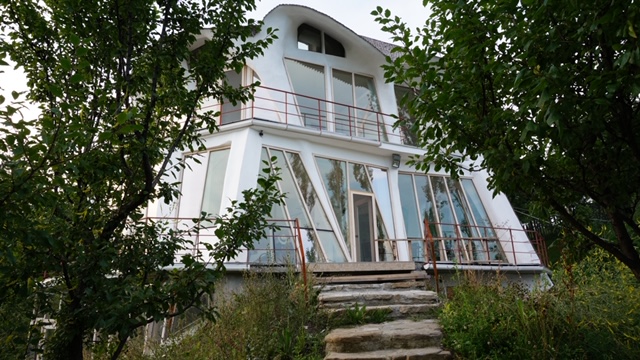
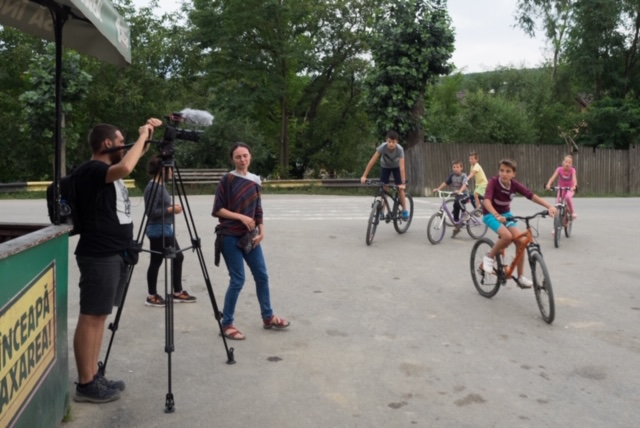
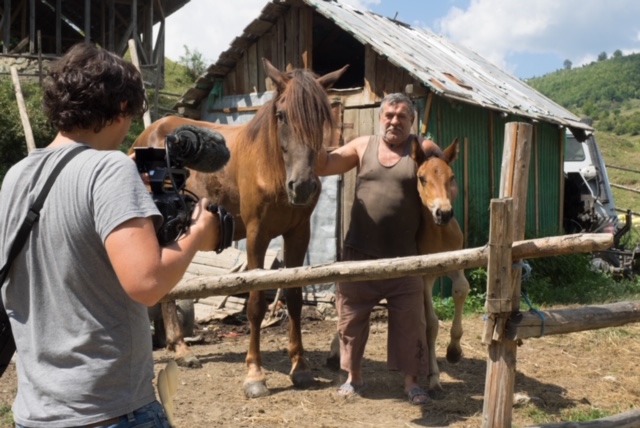
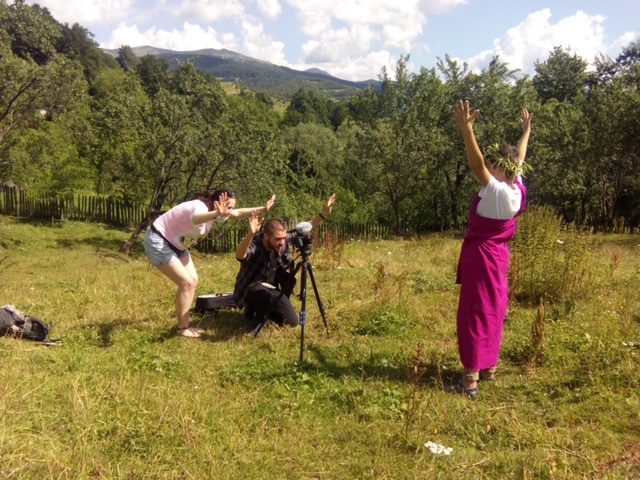
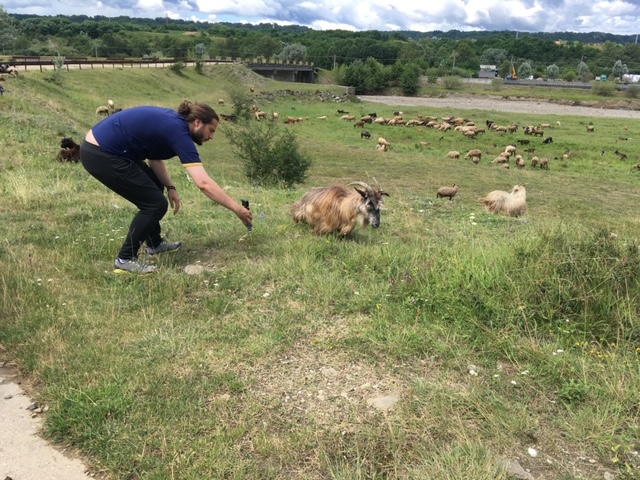
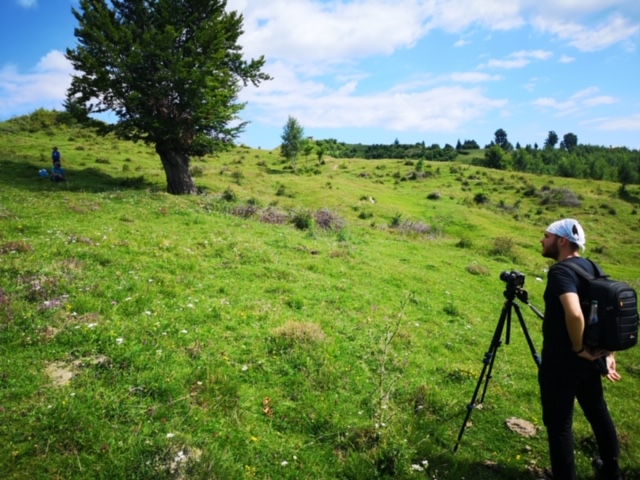
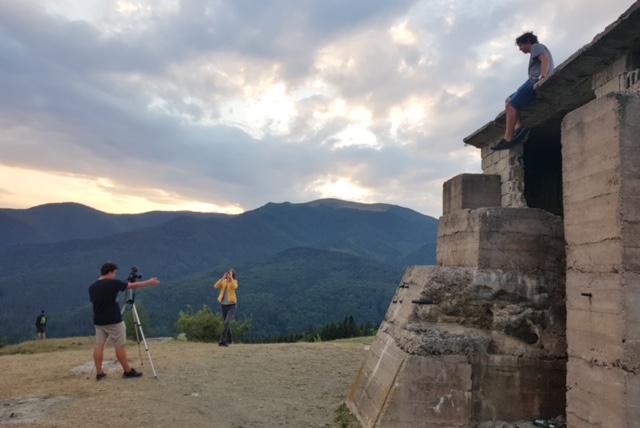
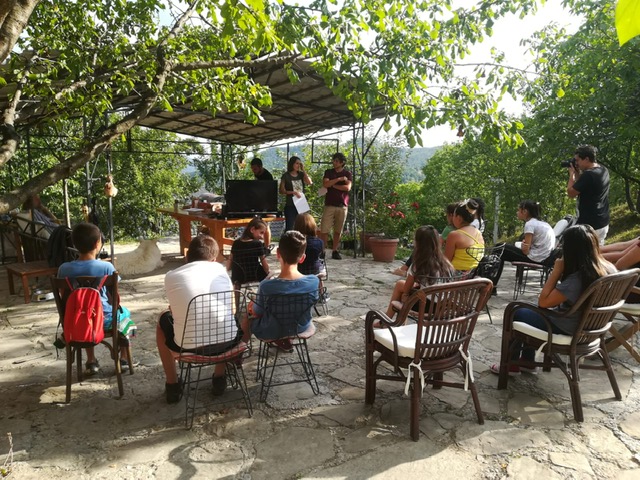
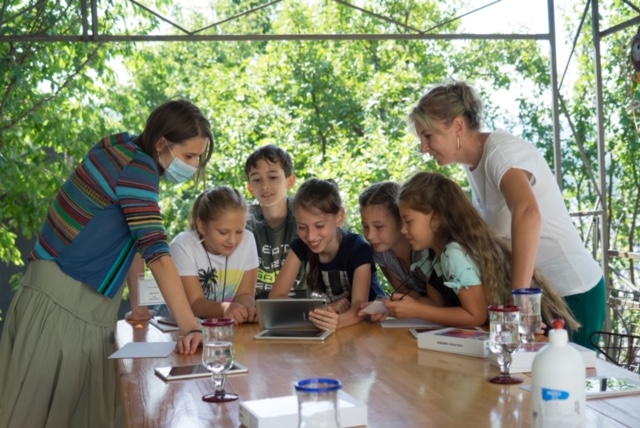
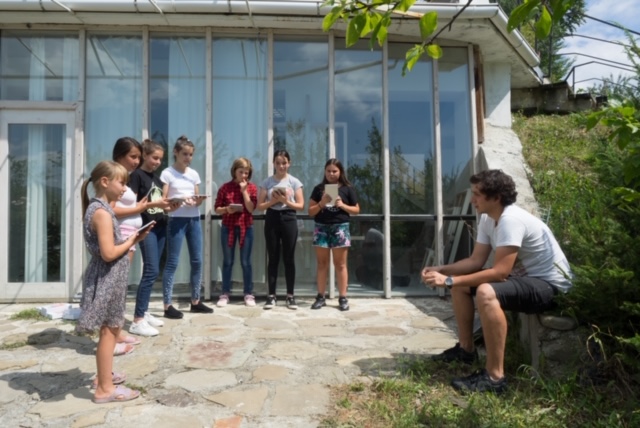
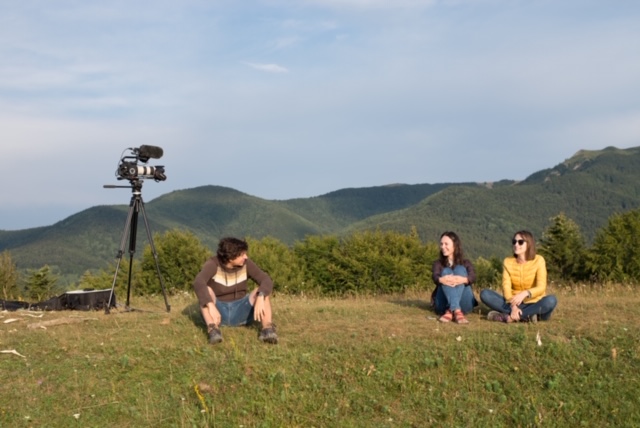
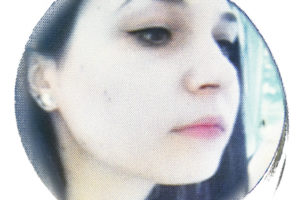
Comments are closed here.